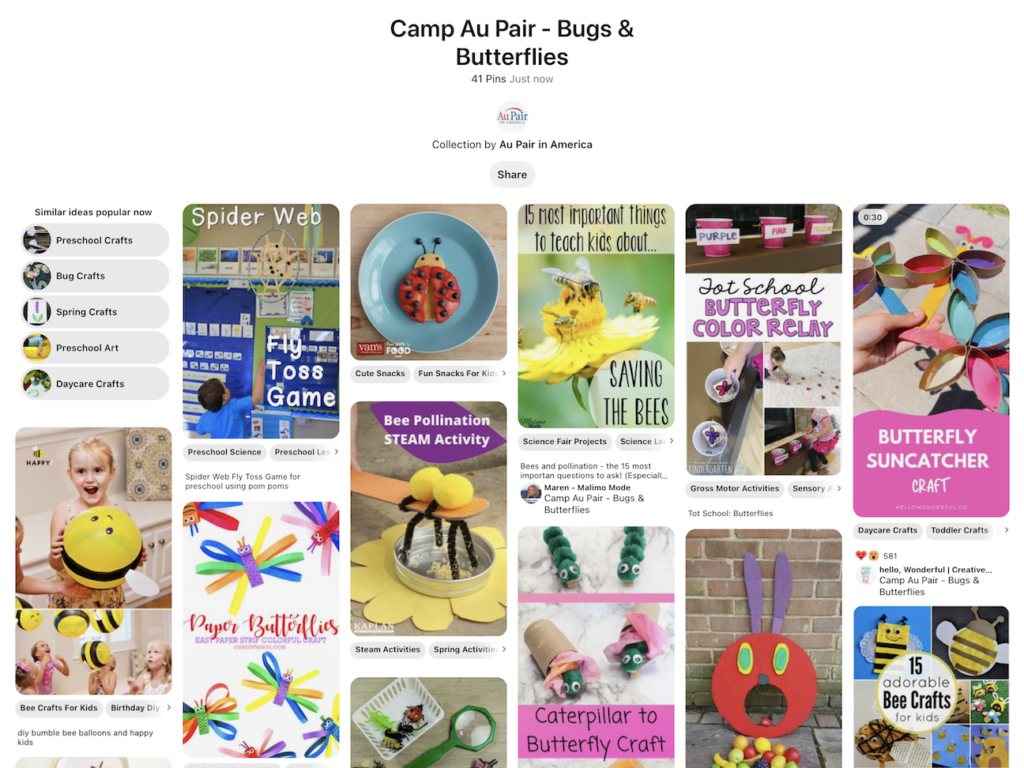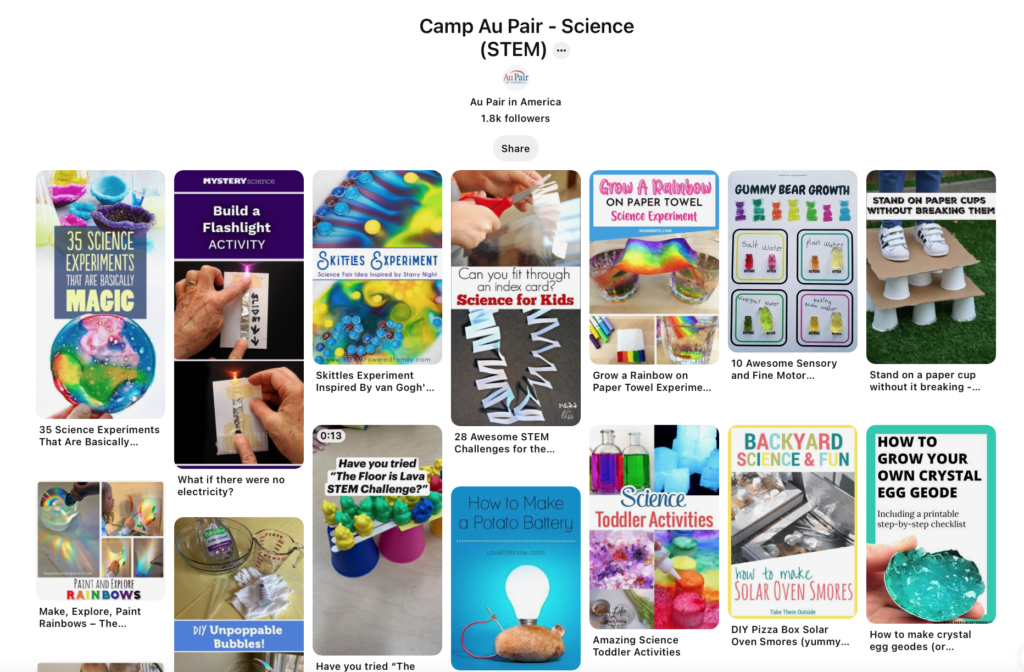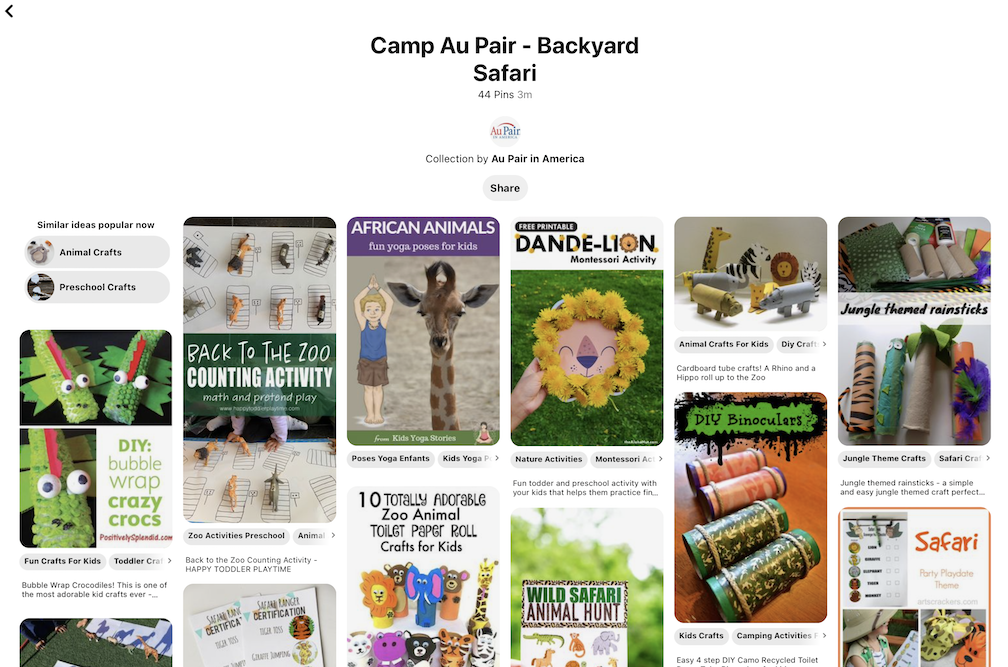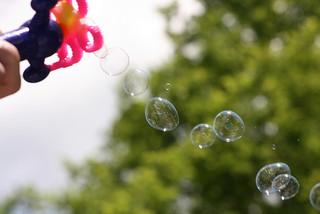
This week’s Camp Au Pair theme is Art Experiences.
Crafts, recipes, activities, and games related to art can all be found here on the Camp Au Pair – Art Experiences pinboard.

Field Trips can be a great way for kids to learn and have new experiences. Get permission from your host parents before any outings and be sure to take all social distancing precautions. Some museums are requiring advanced tickets or have reduced hours due to the pandemic.
-
- Art Museums
- Clay and Ceramics Studio
- Paint Your Own Pottery Studio
- 20 Famous Art Museum Virtual Tours
Online Art Fun – Here is a great website with lots of art activities including ones for older kids.
Webcams – You can do a google search for art websites with webcams. Here are a few to get you started:
Videos – Look for fun videos on YouTube about drawing and all kinds of art.
Books – Stop by your local library and look for books on famous artists and art.
Check YouTube for books on art being read aloud:
Image: teachkidsart.com


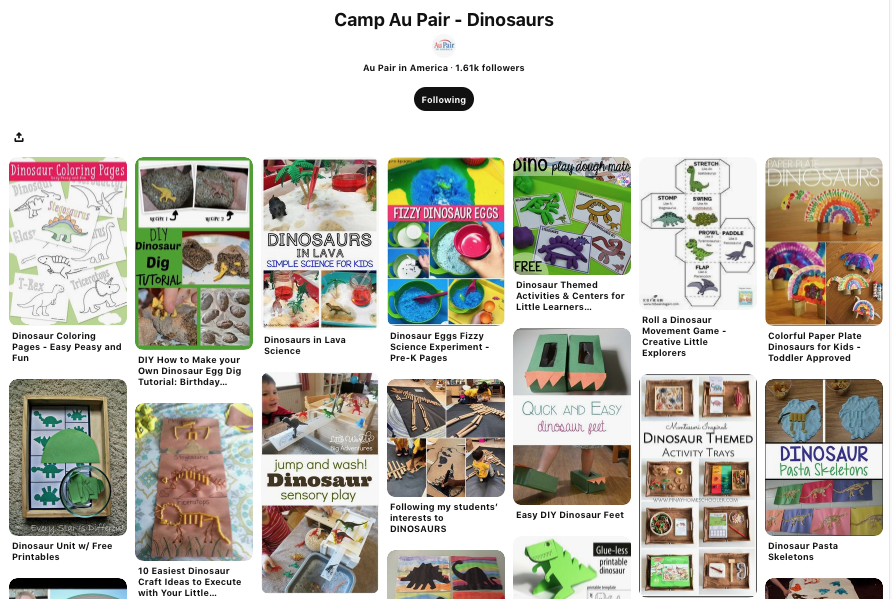
 This week’s Camp Au Pair theme is
This week’s Camp Au Pair theme is 